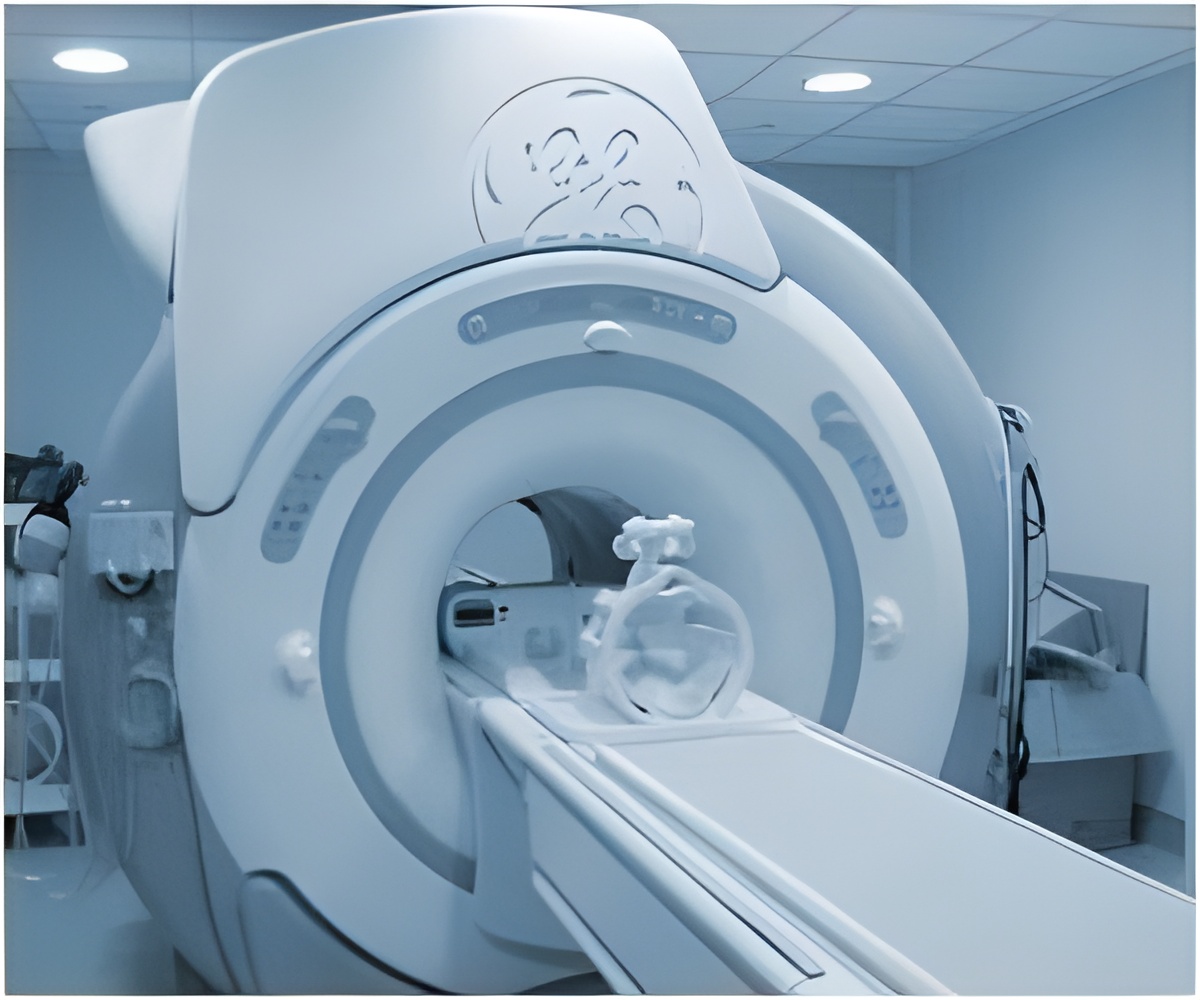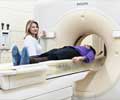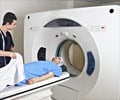
But there are only a few methods available for making 18F radiotracers. And existing methods tend to require harsh conditions that scramble the placement of a radiotracer's more delicate chemical bonds. Now, researchers at Princeton University report a route to 18F radiotracers that avoids that problem.
"It's the first method to do enantioselective carbon-18F bond formation," said principal investigator Abigail Doyle, a Princeton associate professor of chemistry.
Up to this point, radiotracers have mostly been evaluated as mixtures of enantiomers. Enantiomers are molecules that are completely identical in composition but the arrangement of atoms at the chiral center are mirror images, like how a person's left and right hands are similar, but oppositely oriented. A chiral center is an atom, usually carbon, which is connected to four different groups.
"We know in biology, small molecule interactions with enzymes often depend on the 3D properties of the molecule. Being able to prepare the enantiomers of a given chiral tracer, in order to optimize which tracer has the best binding and imaging properties could be really useful," Doyle said.
Doyle's research team developed a cobalt fluoride catalyst—[18F](salen)CoF—to install the radioactive fluoride through the ring-opening reaction of epoxides. Their method demonstrated excellent enantioselectivity for eleven substrates, five of which are known pre-clinical PET tracers.
Advertisement
Currently there are only four FDA-approved 18F radiotracers. One of the major limitations to discovering PET tracers is the fact that the only commercially available source of 18F is nucleophilic fluoride.
Advertisement
"Forming carbon-fluorine bonds by nucleophilic fluoride is challenging. One typically needs to use high temperatures or else the reactions are too slow to permit radioisotope incorporation," Doyle said. "Whereas most reactions require temperatures greater than 100 degrees Celsius, our reaction can be run at 50 degrees Celsius," she said.
Graduate students in the Doyle lab, Thomas Graham and Frederick Lambert, commuted to the University of Pennsylvania, where they conducted the radiolabeling experiments in the laboratory of collaborator Hank Kung, an emeritus professor of radiology.
"At UPenn, we worked behind lead bricks and used a very small amount of radioactivity, about how much you would give a human patient," said Graham, lead author on the article.
Small amounts of radioactivity were sufficient to develop the reaction initially but to perform imaging studies, larger amounts of radioactivity are necessary. "When you go to higher activity, that's when you do automated chemistry in a hot cell, which is basically a block of lead so you get no exposure," Doyle said.
To be useful in an industrial setting, the chemistry needs to be translated from the lab to an automated hot cell. The researchers were given access to an automated hot cell nearby at Merck's West Point, Pennsylvania site.
"The whole process of radiolabeling takes about 30 to 45 minutes when it's automated," says Graham. The set-up includes a robotic arm that delivers solutions to designated vials, an HPLC and a rotary evaporator, which are instruments for the analysis and purification of the radiotracers.
"The catalyst is very robust and the fact that we can translate the reaction directly to the hot cell bodes very well for non-experts to be able to run these sorts of reactions," Doyle said.
"We demonstrated that the radioactivity is high enough that we could actually use it for imaging. That's an exciting next step," Doyle said.
Source-Eurekalert








